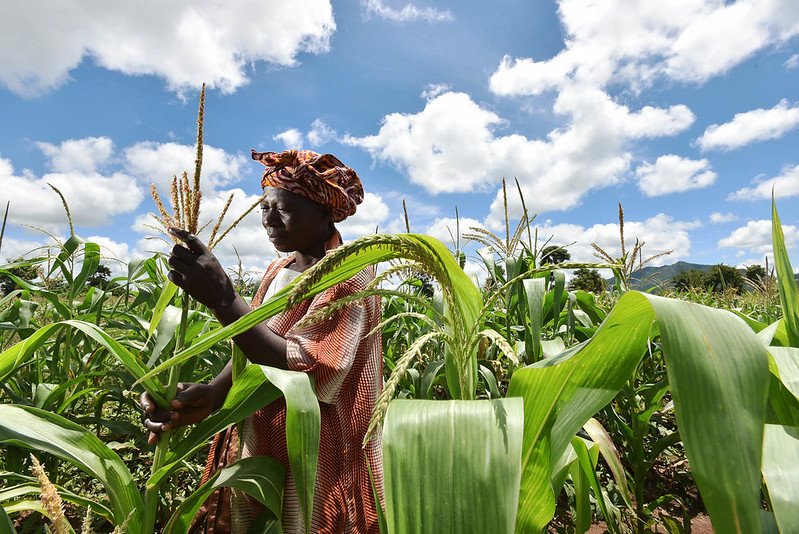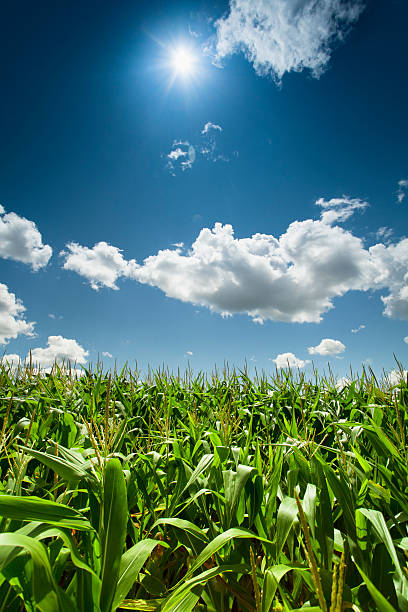
Technology is revolutionizing farming, making it more efficient, sustainable, and productive. Here’s a comprehensive guide to how tech is transforming agriculture:
Precision Agriculture
- GPS Technology: Enables farmers to map their fields and plan planting patterns with high precision, reducing waste and optimizing field usage.
- Drones and Satellite Imagery: Provide real-time data on crop health, soil conditions, and pest infestations, allowing for timely interventions.
- Soil Sensors: Monitor soil moisture, temperature, and nutrient levels to help farmers manage irrigation and fertilization more effectively.
Automation and Robotics
- Autonomous Tractors and Machinery: Perform tasks such as plowing, planting, and harvesting with minimal human intervention, increasing efficiency.
- Robotic Harvesters: Use machine vision and AI to identify and pick ripe fruits and vegetables, reducing labor costs and improving yield.
- Automated Weeding Machines: Use lasers and mechanical tools to remove weeds without damaging crops or relying on herbicides.
Biotechnology
- Genetically Modified Organisms (GMOs): Crops engineered for higher yields, pest resistance, and improved nutritional content.
- CRISPR and Gene Editing: Advanced techniques for precisely modifying plant genomes to enhance desirable traits and eliminate undesirable ones.
- Synthetic Biology: Developing new biological systems and synthetic organisms for agricultural purposes, such as biofertilizers and biopesticides.
Internet of Things (IoT)
- Smart Sensors: Networked sensors provide real-time data on environmental conditions, equipment performance, and livestock health.
- IoT Platforms: Integrate data from various sources to provide farmers with actionable insights and automated alerts.
- Remote Monitoring: Enables farmers to manage their operations from anywhere, using smartphones or computers.
Data Analytics and Artificial Intelligence (AI)
- Big Data Analytics: Analyze large volumes of data to identify patterns and make predictive models for crop yields, weather forecasts, and market trends.
- AI Algorithms: Optimize planting schedules, irrigation, fertilization, and pest control based on real-time data and historical trends.
- Decision Support Systems (DSS): Provide recommendations and insights to help farmers make informed decisions about their operations.
Climate-Smart Agriculture
- Climate Modeling: Predict weather patterns and climate change impacts to help farmers plan and adapt their practices.
- Water Management Technologies: Efficient irrigation systems, such as drip irrigation and rainwater harvesting, reduce water usage and improve crop resilience.
- Carbon Sequestration: Techniques such as cover cropping and no-till farming help capture carbon in the soil, reducing greenhouse gas emissions.
Supply Chain Management
- Blockchain Technology: Ensures transparency and traceability in the food supply chain, from farm to table.
- Smart Contracts: Automate transactions and agreements between farmers, suppliers, and buyers, reducing the need for intermediaries.
- Logistics Optimization: Advanced software for managing transportation and storage to minimize waste and improve efficiency.
Renewable Energy
- Solar and Wind Power: Provide sustainable energy for farming operations, reducing reliance on fossil fuels.
- Bioenergy: Use agricultural waste to produce biofuels and biogas, creating a closed-loop system.
- Energy-Efficient Equipment: Modern machinery designed to use less energy and reduce greenhouse gas emissions.
Vertical and Urban Farming
- Hydroponics and Aeroponics: Grow plants without soil, using nutrient-rich water or mist, suitable for urban environments.
- Vertical Farming: Stack crops in controlled indoor environments, maximizing space usage and enabling year-round production.
- Controlled Environment Agriculture (CEA): Use artificial lighting, climate control, and automation to optimize growing conditions.
Financial Technologies (FinTech)
- Digital Payments and Mobile Banking: Provide farmers with easier access to financial services, including loans, insurance, and subsidies.
- Crowdfunding Platforms: Enable farmers to raise capital directly from investors and consumers.
- Agricultural Insurance: Tech-driven insurance models that use data to provide affordable and tailored coverage for farmers.
Education and Training
- Online Learning Platforms: Provide access to agricultural education and training resources for farmers.
- Virtual Reality (VR) and Augmented Reality (AR): Offer immersive training experiences for farmers to learn new techniques and technologies.
- Extension Services: Use mobile apps and digital platforms to deliver expert advice and support to farmers in remote areas.
Challenges and Considerations
- Digital Divide: Ensure that smallholder and rural farmers have access to technology and the skills to use it effectively.
- Data Privacy and Security: Protect farmers’ data from breaches and misuse.
- Sustainability: Balance technological advancements with sustainable practices to protect the environment.
Future Trends
- Smart Farming: Integration of AI, IoT, and robotics to create fully automated and optimized farms.
- Personalized Agriculture: Tailoring farming practices to individual plots and even individual plants for maximum efficiency.
- Global Collaboration: Sharing knowledge and technology across borders to address global food security challenges.
By embracing these technologies, farmers can increase productivity, reduce environmental impact, and enhance food security, making tech and farming a powerful combination for the future.

